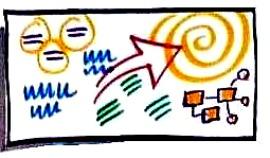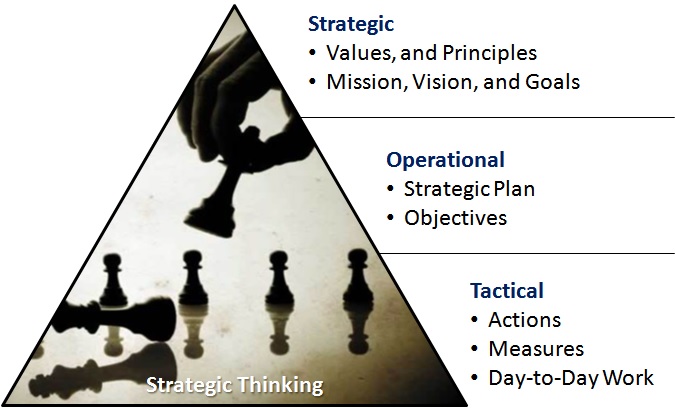Your mission statement means everything to your company right now.杖
Is you mission statement just words that make you feel good?
Or are they words that you live by?
Your mission should define you in good times and bad.
Right now, your mission is most important and now is a true test if actually live by it.
My mission it to be an Incubator of Success, coupled with my vision of Leaving nothing but success in my wake.
These words mean even more to me today as I and others around me struggle with this current crisis.
I still look for ways to share content that inspires and teaches — in Hope’s to provide assistance to those in need of success right now.
See, in times like these, especially in business, it can be very easy to focus only on yourself and your business. Not you customers, partners, or employees.
Yes, being a success incubator also means focusing on my own success, but during this crisis it doesn’t mean to only focus on my success.
If you’re struggling in business right now, reach out below. Let’s discuss innovative ways to get through this together.
Share your mission and how important it is right now to you.
Maybe now is the time you really discover your true mission statement?
#success #incubator #business #coaching #consultants

 Many people start their own business for a variety of reasons: extra income, want to be their own boss, freedom of when and when not to work, stay at home parent, and a whole host of other reasons. However, many of these businesses fail over time, often because the owner didn’t document, follow, and constantly update a strategic business plan. The often overlooked and seldom thought about aspects of any strategic and business plan, is deep down, why you’re doing what you’re doing and where you want it to go — the mission and vision. Sure, many companies have an idea and even some of them they write it down. But, how good are these statements for your company?
Many people start their own business for a variety of reasons: extra income, want to be their own boss, freedom of when and when not to work, stay at home parent, and a whole host of other reasons. However, many of these businesses fail over time, often because the owner didn’t document, follow, and constantly update a strategic business plan. The often overlooked and seldom thought about aspects of any strategic and business plan, is deep down, why you’re doing what you’re doing and where you want it to go — the mission and vision. Sure, many companies have an idea and even some of them they write it down. But, how good are these statements for your company?


 Leadership is a dying art in the world today. The great leaders of the past are found few-and-far between these days. There are some that have been fairly successful leaders that have rose to an iconic status, but have they been truly great leaders or just really successful at running something?
Leadership is a dying art in the world today. The great leaders of the past are found few-and-far between these days. There are some that have been fairly successful leaders that have rose to an iconic status, but have they been truly great leaders or just really successful at running something?